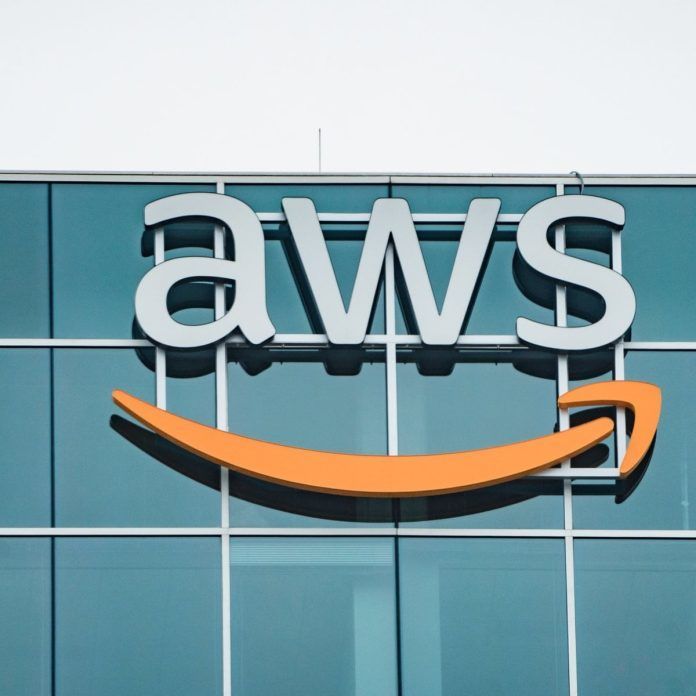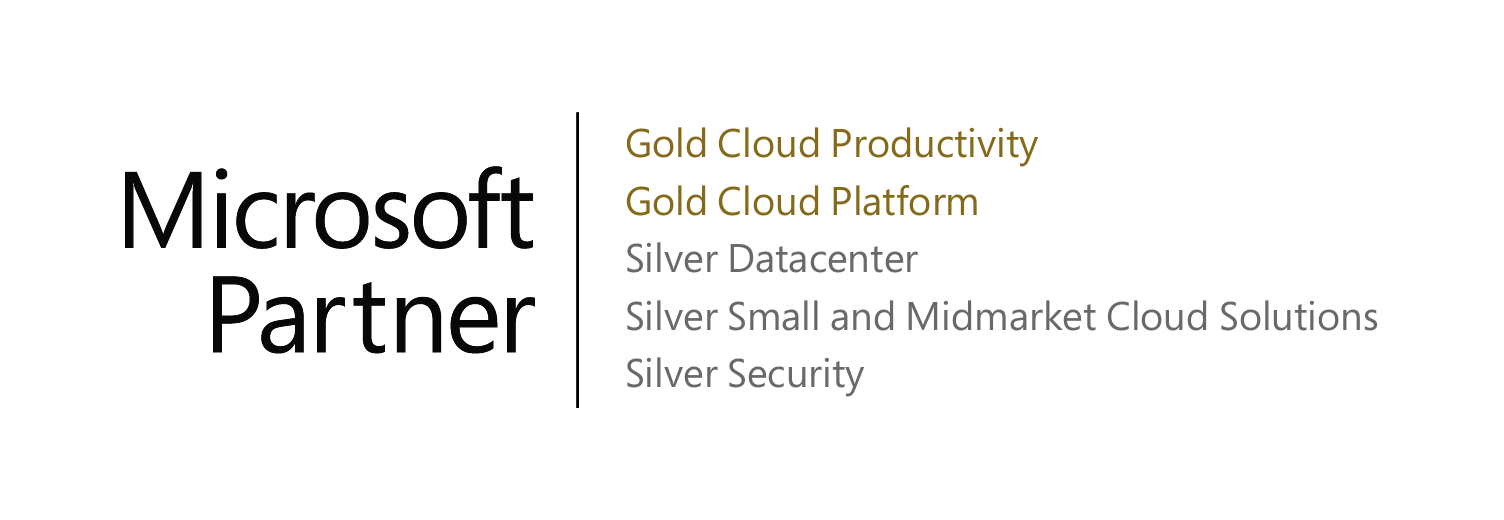Comparing Mimecast Email Security vs M365 Email Security: A Comprehensive Guide
Discover the Key Differences Between Mimecast and M365 Email Security Solutions and Learn Why Akins IT is Your Trusted Partner for Email Protection
In today's digital landscape, email security is paramount for businesses of all sizes. At Akins IT, we understand the critical importance of protecting your organization's email communications from threats such as phishing, ransomware, and business email compromise (BEC). In this blog, we will compare two leading email security solutions: Mimecast and Microsoft 365 (M365) Email Security. Our goal is to help you make an informed decision and demonstrate why Akins IT is your go-to expert for email security solutions.
Mimecast Email Security
Mimecast is renowned for its comprehensive email security solutions, designed to protect against a wide range of email-borne threats. Here are some key features of Mimecast's email security:
- Advanced Threat Protection: Mimecast uses AI-powered detection to block sophisticated threats, including phishing, ransomware, and impersonation attacks. Their advanced BEC defense leverages machine learning to identify and prevent BEC threats.
- Deployment Flexibility: Mimecast offers various deployment options, including cloud-native secure email gateways and integrated solutions that enhance existing M365 protections.
- Comprehensive Phishing Protection: Real-time threat analysis and AI-driven threat removal ensure that phishing emails are blocked before they reach the inbox.
- Integrated Email Intelligence: Mimecast integrates with over 250 security tools, enabling enhanced threat sharing and detection.
- Additional Features: Mimecast provides features such as email continuity, internal email protection, and large file send capabilities, which are not available in M365.
M365 Email Security
Microsoft 365 Email Security, part of the Microsoft Defender for Office 365 suite, offers robust protection for organizations using M365. Here are some key features of M365 Email Security:
- Threat Explorer and Real-time Detections: These tools help Security Operations (SecOps) teams investigate and respond to threats in near real-time.
- Anti-phishing Policies: M365 includes advanced anti-phishing policies that protect against user and domain impersonation.
- Email Authentication: M365 uses SPF, DKIM, and DMARC to authenticate emails and prevent spoofing.
- Integration with Microsoft Ecosystem: M365 Email Security seamlessly integrates with other Microsoft security solutions, providing a unified security posture.
- Secure Score Dashboard: This feature aggregates data from customer environments, providing trending data on secure scores to help manage security postures.
Why Choose Akins IT for Your Email Security Needs?
At Akins IT, we pride ourselves on being experts in email security. Our team has extensive experience in deploying and managing both Mimecast and M365 Email Security solutions. Here’s why you should trust us with your email security:
- Expertise: Our team includes certified professionals with deep knowledge of both Mimecast and M365 security solutions.
- Tailored Solutions: We understand that every organization is unique. We work closely with you to design and implement email security solutions that meet your specific needs.
- Comprehensive Support: From initial consultation to ongoing support, we are committed to ensuring your email security is robust and effective.
- Proven Track Record: We have successfully implemented email security solutions for numerous clients, helping them protect their email communications and reduce risk.
Call to Action
Ready to enhance your email security? Contact Akins IT today to schedule a consultation and learn how we can help you protect your organization from email-borne threats. Let us show you why we are the experts in email security.




